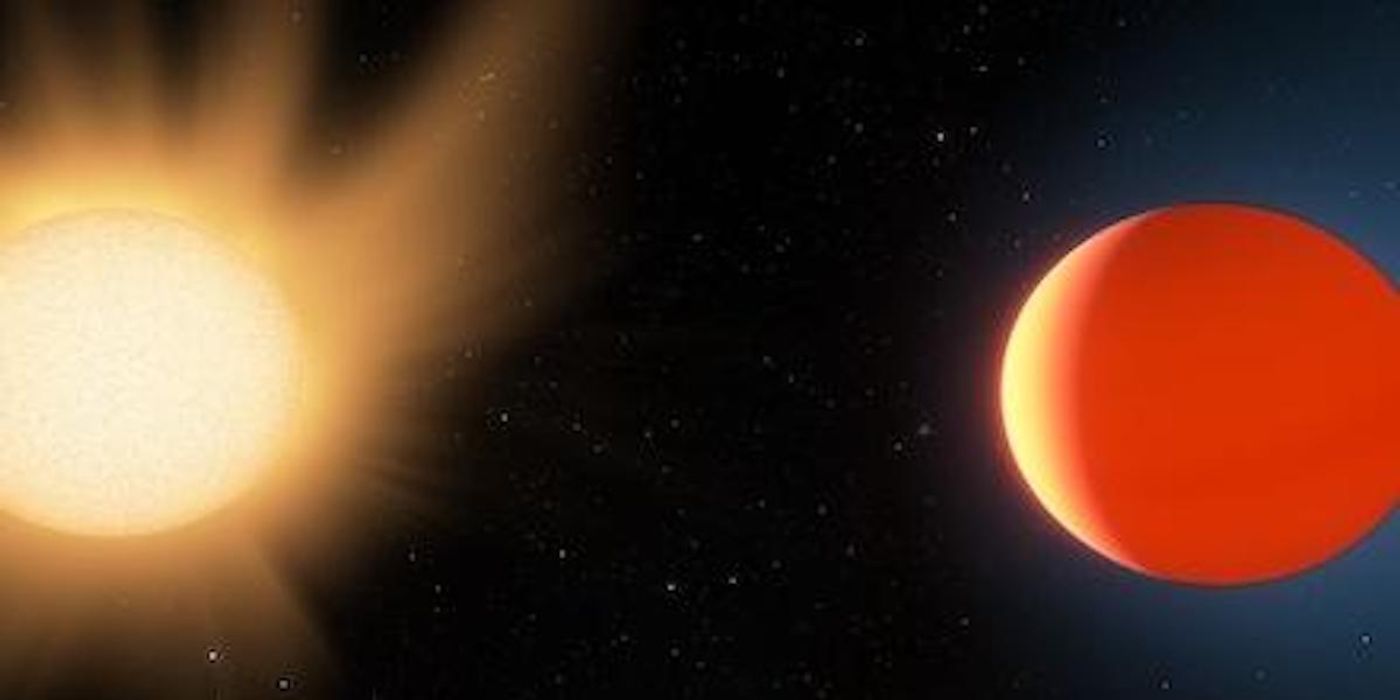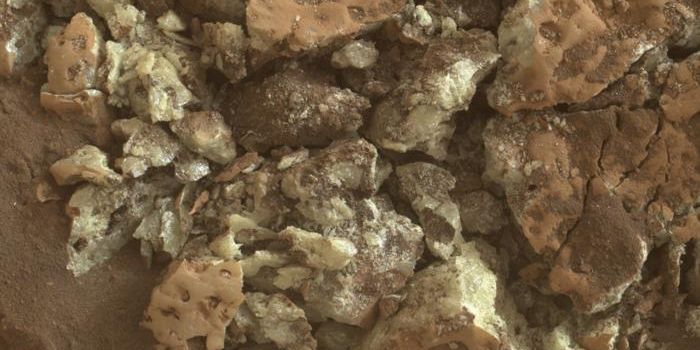Researchers Discover a Planet That "Shouldn't Exist"
Neptune was once known as a gas giant, but after scientists found that it was composed of heavy and volatile elements it took on the moniker of ice giant. Hydrogen and helium are in its atmosphere, but frozen compounds like methane and ammonia are also present there. Now researchers think they have found a kind of ‘hot Neptune.’ Using data from NASA's space telescopes TESS and Spitzer, a team from the University of Kansas (KU) has learned more about a very unusual exoplanet, called LTT 9779b. This is the first time a planet that TESS discovered has been characterized. The findings have been reported in Astrophysical Journal Letters.
"For the first time, we measured the light coming from this planet that shouldn't exist," said the lead study author Ian Crossfield, an assistant professor of physics & astronomy at KU. "This planet is so intensely irradiated by its star that its temperature is over 3,000 degrees Fahrenheit and its atmosphere could have evaporated entirely. Yet, our Spitzer observations show us its atmosphere via the infrared light the planet emits."
Life would have a challenging time getting by on LTT 9779b, which seems like it has a crazy environment.
"This planet doesn't have a solid surface, and it's much hotter even than Mercury in our solar system -- not only would lead melt in the atmosphere of this planet, but so would platinum, chromium, and stainless steel," Crossfield said. "A year on this planet is less than 24 hours -- that's how quickly it's whipping around its star. It's a pretty extreme system."
TESS is on a mission to find planets, and it identified LTT 9779b only last year. Crossfield’s team applied a method called phase curve analysis to assess the exoplanet’s atmosphere. By measuring the planet’s emissions of infrared light as it rotates, the researchers could learn more about when it’s hottest, explained Crossfield. Temperature readings told the researchers more about the hot Neptune’s atmosphere as well.
"The planet is much cooler than we expected, which suggests that it is reflecting away much of the incident starlight that hits it, presumably due to dayside clouds," said study co-author Nicolas Cowan of the Institute for Research on Exoplanets (iREx) and McGill University. "The planet also doesn't transport much heat to its nightside, but we think we understand that: The starlight that is absorbed is likely absorbed high in the atmosphere, from whence the energy is quickly radiated back to space."
Crossfield noted that this work is only an initial step into a new phase of exoplanet exploration, and researchers are getting closer to analyzing smaller planets.
"I wouldn't say we understand everything about this planet now, but we've measured enough to know this is going to be a really fruitful object for future study," he said. "It's already being targeted for observations with the James Webb Space Telescope, which is NASA's next big multibillion-dollar flagship space telescope that's going up in a couple of years. What our measurements so far show us are what we call the spectral absorption features -- and its spectrum indicates carbon monoxide and or carbon dioxide in the atmosphere. We're starting to get a handle on what molecules make up its atmosphere. Because we see this, and because of how this global temperature map looks, it also tells us something about how the winds are circulating energy and material around through the atmosphere of this mini gas planet."
Planets like this hot Neptune, which are close to their host stars are rare, noted Crossfield.
"We think this is because hot Neptunes aren't massive enough to avoid substantial atmospheric evaporation and mass loss," he said. "So, most close-in hot exoplanets are either the massive hot Jupiters or rocky planets that have long ago lost most of their atmospheres."
In a companion study, researchers led by University of New Mexico physics and astronomy assistant professor Diana Dragomir used the Spitzer Infrared Array Camera (IRAC) to study the atmospheric composition of this hot Neptune.
Sources: AAAS/Eurekalert! Via University of Kansas, Astrophysical Journal Letters









